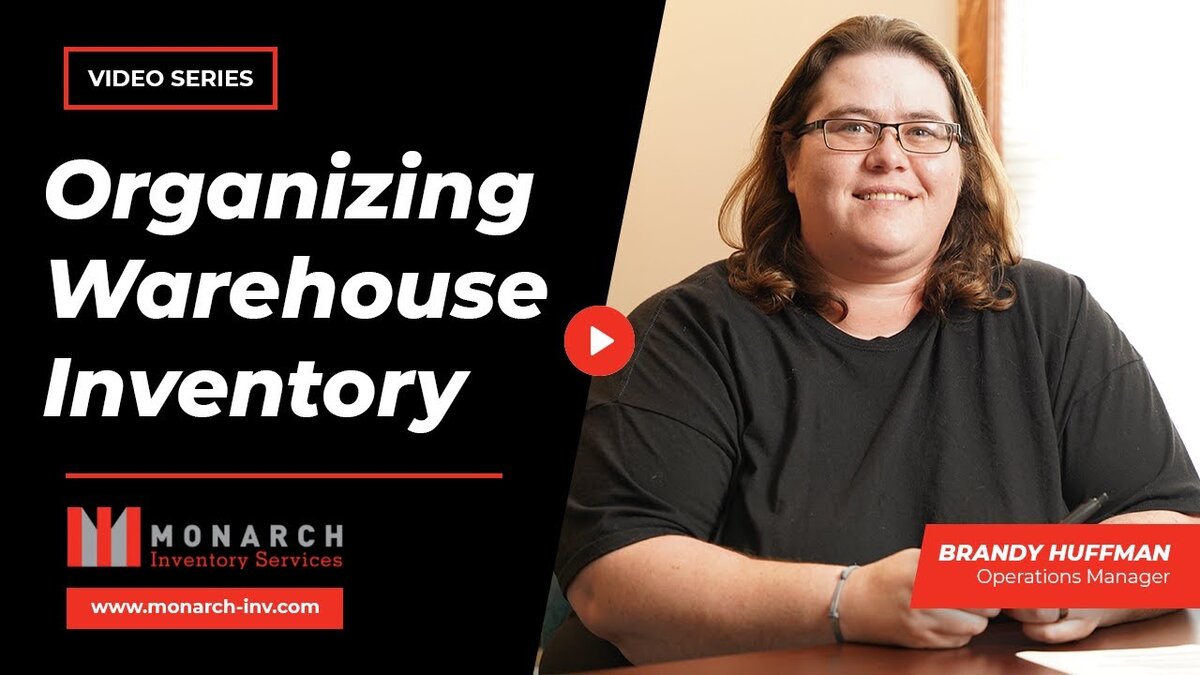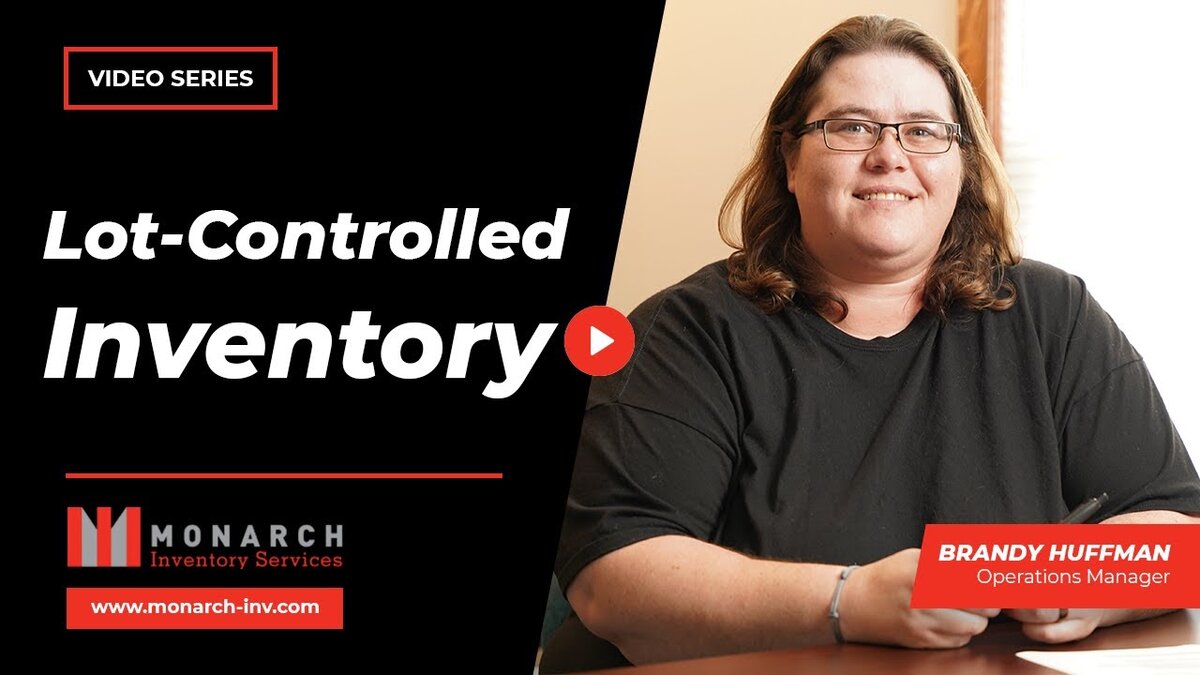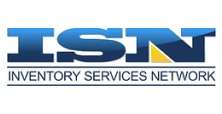In retail, the ability to track sales, manage inventory, and maintain accurate financial records is crucial for the success and operational efficiency of a business. One of the foundational elements in achieving this is through effective POS (Point of Sale) reconciliation.
POS reconciliation involves comparing the inventory records in your POS system with actual stock levels to identify discrepancies, adjust records, and ensure that your financial reports are accurate. This blog post aims to provide an overview of this process, including its importance, implementation, and benefits.
What is POS Reconciliation?
Every retail store relies on a POS system not just for processing sales but also for tracking inventory levels across different departments or categories. These systems serve as the backbone for sales operations, holding crucial data on inventory value and helping retailers understand what items are available in store.
The Need for Accurate Inventory Counts
Accurate inventory management is the cornerstone of retail success. Knowing the exact quantity of each product, from candy bars to different flavors of vodka in a liquor store, is vital. This accuracy helps in making informed decisions about reordering and managing stock levels effectively.
How POS Reconciliation Works
The Process of Inventory Counting
The first step in POS reconciliation involves conducting a detailed inventory count. This count covers every product in the store, ensuring retailers know the precise quantity of each item on hand.
Data Integration and Variance Analysis
After the inventory count, the data is typically formatted into a CSV or similar file type for integration into the POS system. This step involves uploading the inventory count into the system and then comparing it against the system’s existing records to identify any variances.
Addressing Discrepancies
Once discrepancies are identified, the next step is to reconcile these differences. This may involve adjusting the records in the POS system to reflect the actual stock levels, ensuring that the system’s inventory data is as close to 100% accurate as possible.
The Benefits of Regular POS Reconciliation
Enhanced Accuracy for Financial Reporting
One of the primary benefits of POS reconciliation is the enhanced accuracy it brings to financial reporting. With a nearly perfect reflection of inventory values in the POS system, businesses can rely on their financial data for tax purposes and other financial analyses.
Theft Detection and Prevention
Regular reconciliation helps in identifying any unusual variances that might indicate theft or shrinkage, allowing retailers to take timely action to address these issues.
Improved Inventory Management
By knowing exactly what is in stock, retailers can make better decisions about what to reorder and when. This not only helps in maintaining optimal stock levels but also in avoiding overstocking or stockouts.
Implementing POS Reconciliation in Your Retail Store
Implementing an effective POS reconciliation process involves setting a regular schedule for inventory counts, using the right tools and technologies for data collection and analysis, and training staff on the importance of inventory accuracy. By making reconciliation a regular part of your operations, you can maintain a strong foundation for your business’s financial health and operational efficiency.
Conclusion
POS reconciliation is a critical process that supports the overall health of a retail business. By ensuring that inventory levels are accurately reflected in the POS system, retailers can improve financial reporting, detect theft, and enhance inventory management. With the right approach and regular implementation, POS reconciliation can provide a solid baseline for your business, setting you up for success in the competitive retail landscape.
If you have further questions about POS reconciliation and how it works, please reach out to us. Our team is here to guide you through the process.







